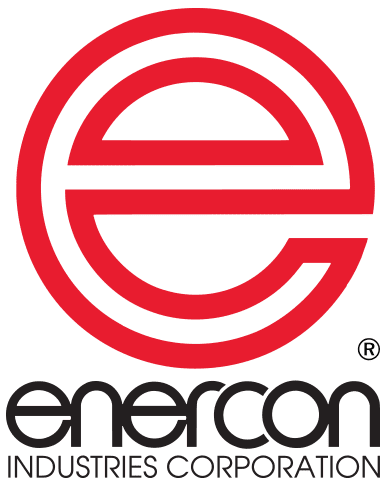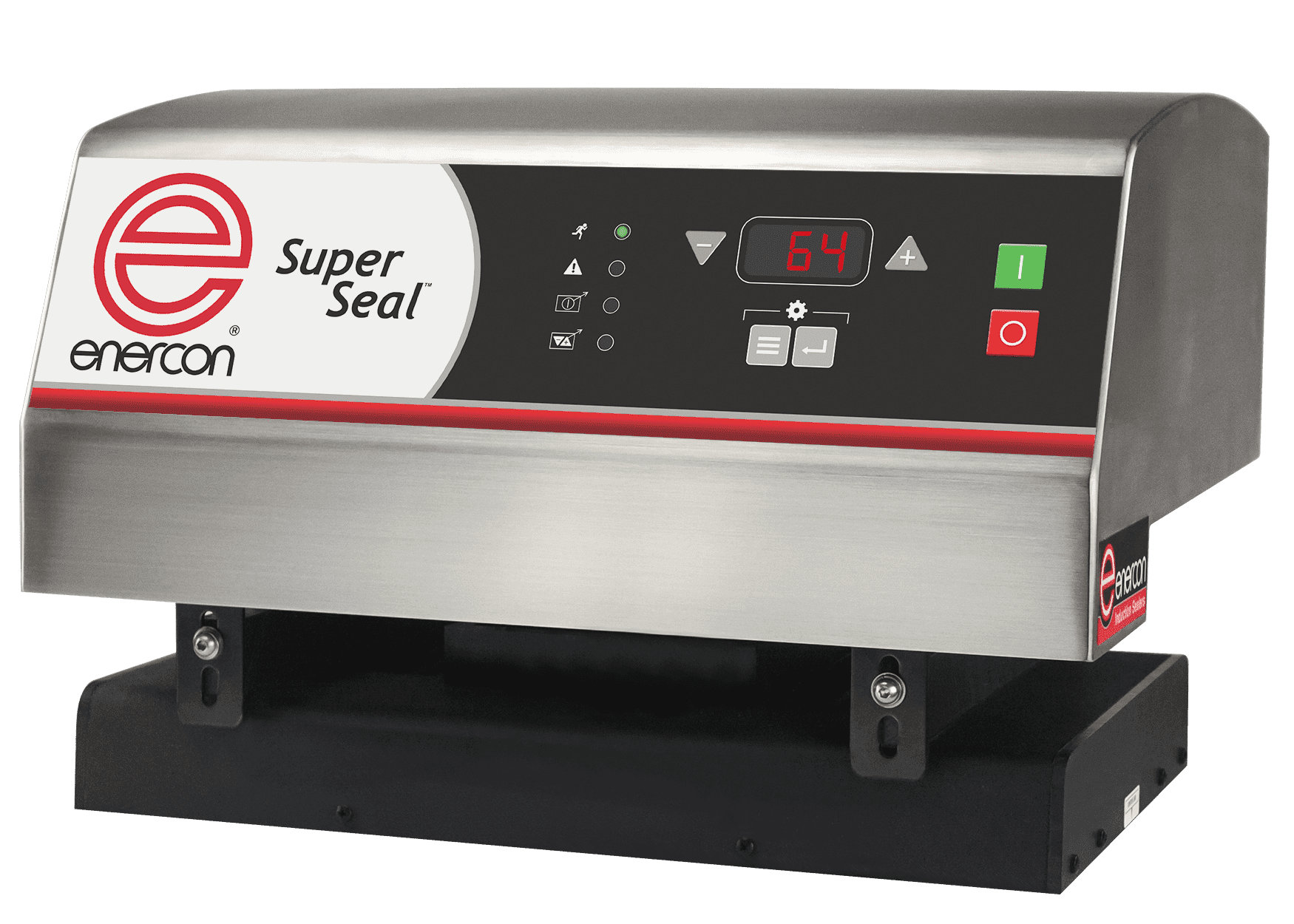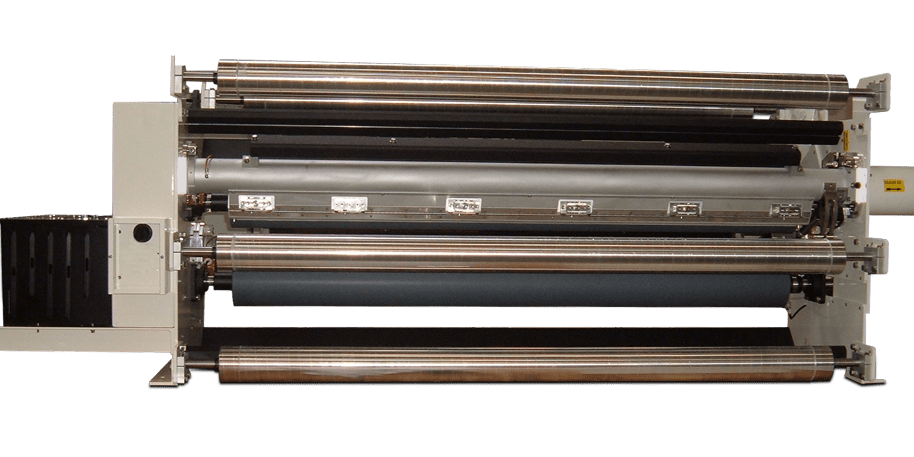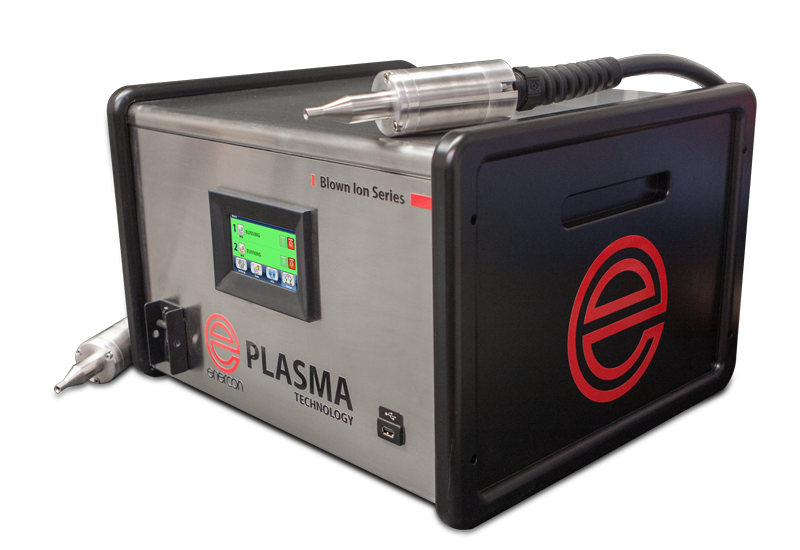YOUR SUCCESS IS OUR SUCCESS Why Enercon
Our products are produced by some of the most amazing people in the world. Your success is their success. And that’s why they are committed to delivering you innovative technology solutions with expert personal support wherever you are in the world.
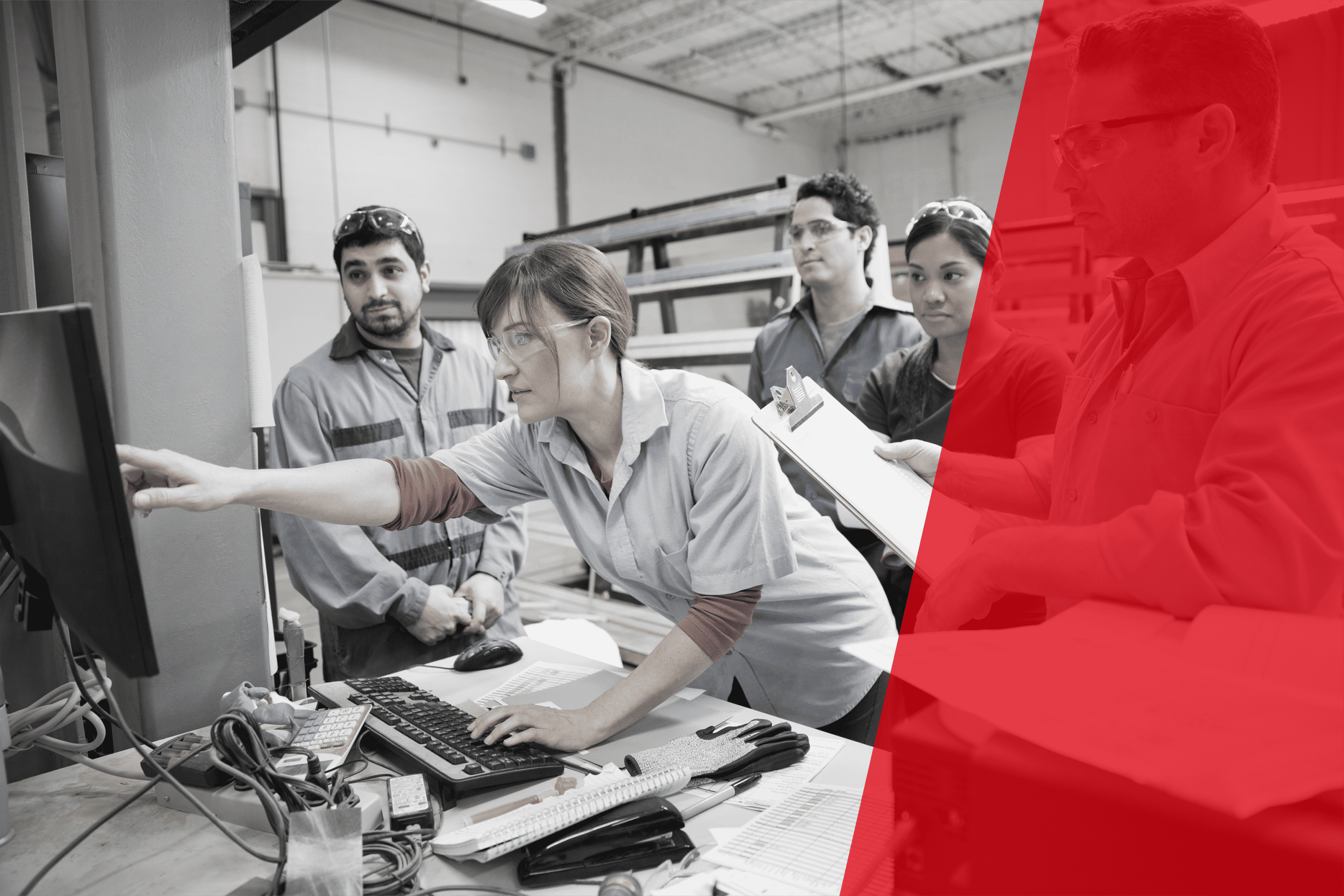
BUILDING FOR THE FUTURE Enercon to Open New Corporate Headquarters
Enercon Industries Corporation is pleased to announce it is constructing a new facility to meet the demands of its growing customer base. The facility creates additional manufacturing capacity, enhances customer support offerings, and enables innovative product development. Read More >
WE VALUE YOU Mission & Values
Enercon Industries Corporation is a family-owned operation recognized as the global leader in corona, plasma & flame surface treating and induction cap sealing technologies. We provide our customers with innovative equipment solutions and remarkable customer support
50 Years Working for You
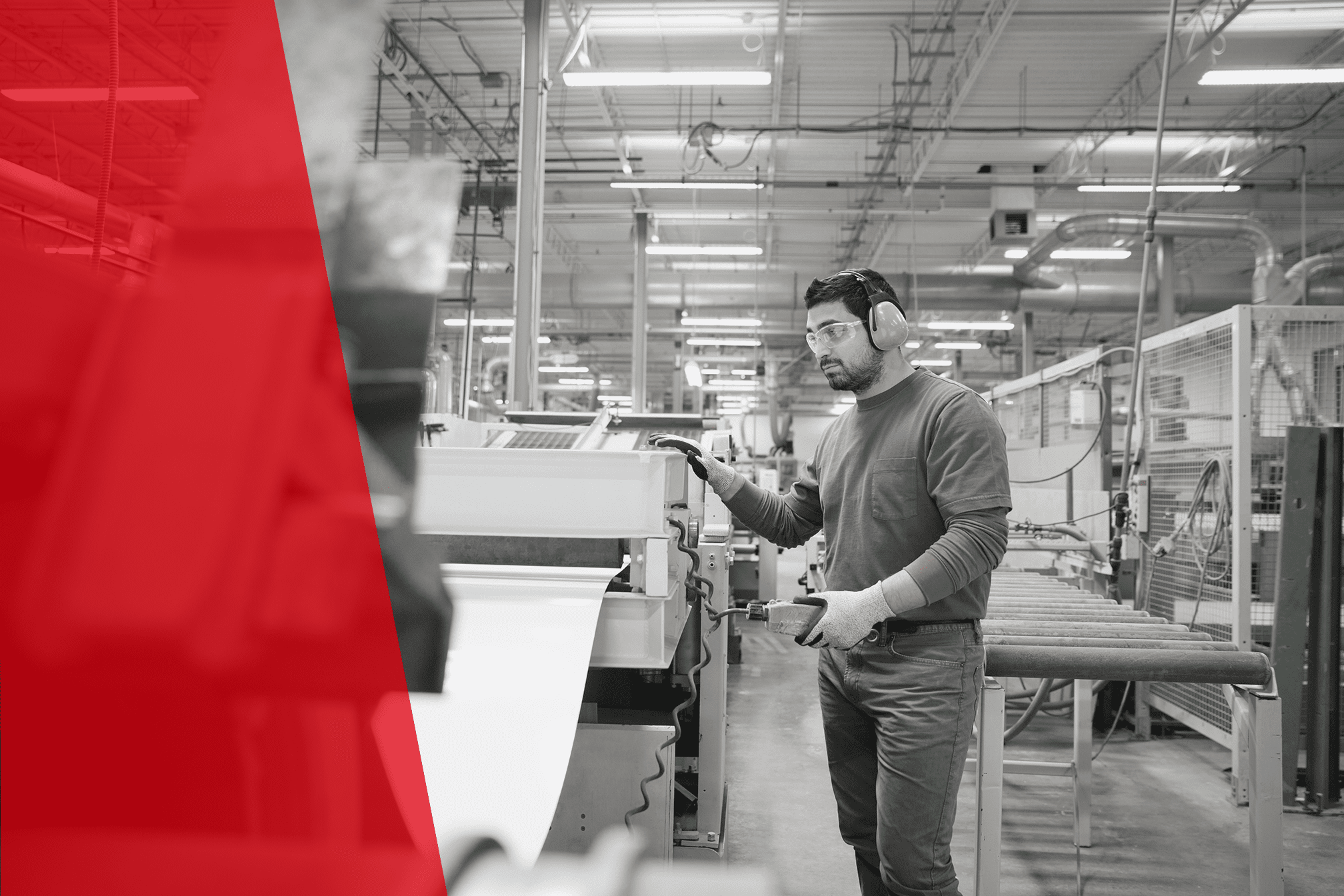
NEW FACILITIES Our Locations
Enercon's global network includes a local representative located close to you, with major operating centers in both Europe & North America.
We have locations in:
- United States
- United Kingdom
- India

